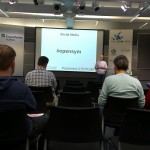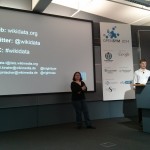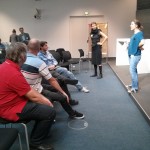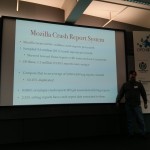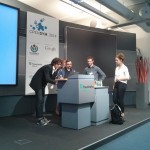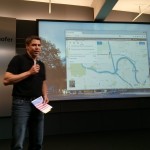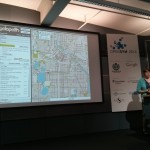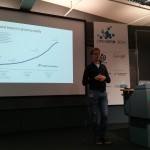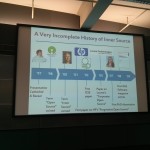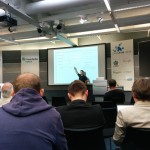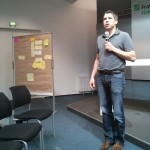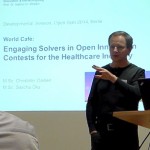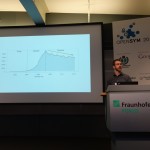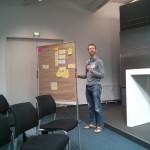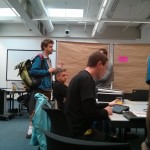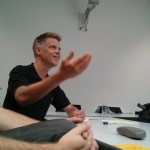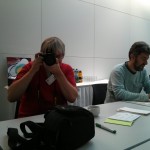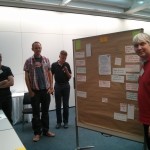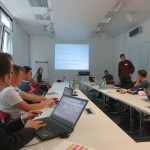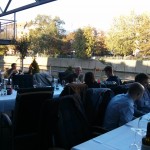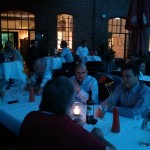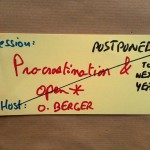Photos courtesy of S.H. Chung, Albrecht Fritzsche, Brent Hecht, Sven Heimbuch, Thomas Steiner, and Dirk Riehle. (If we forgot some credits, please let us know!)
Category Archives: OpenSym 2014
Call for Participation OpenSym 2014
OpenSym 2014 will start in a few days on August 27, 2014! Participants can expect a program full of research and community events, including open space, where participants get to form their own program and follow their interests. Four keynotes / invited talks will lead the program and set the stage for the breadth of research and practice of open collaboration:
Read more in the program overview pages and don’t forget to register for OpenSym 2014! OpenSym 2014 will take place at Fraunhofer FOKUS in Berlin, Germany. We appreciate and would like to thank our sponsors, the Wikimedia Foundation, Google, Fraunhofer FOKUS, ACM SIGWEB and ACM SIGSOFT, and The John Ernest Foundation. |
 |
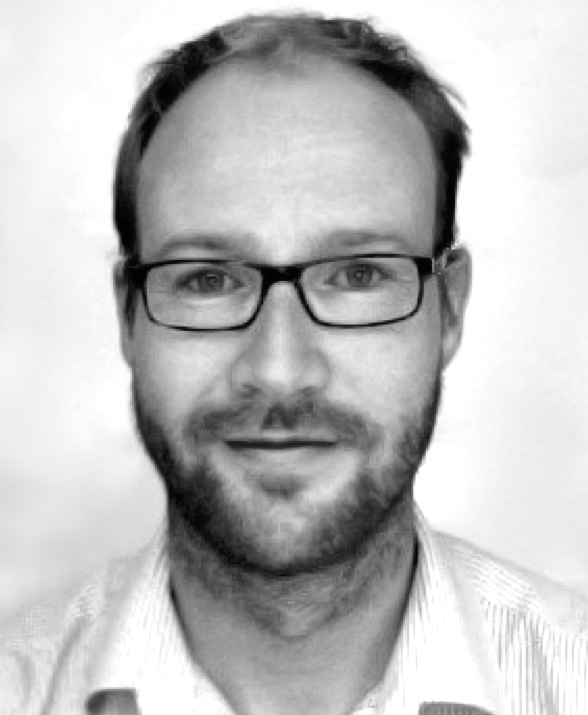 |
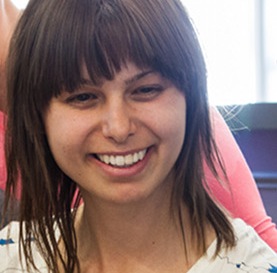 |
 |
|
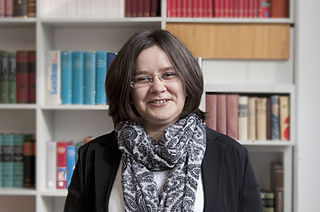 |
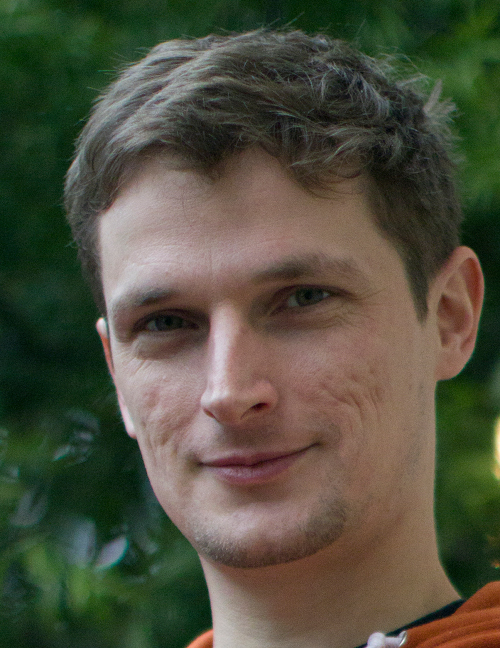 |
Initial Results from the Study of the Open Source Sector in Belgium
Title: Initial Results from the Study of the Open Source Sector in Belgium
Authors: Robert Viseur (University of Mons)
Abstract: The economy of FLOSS (Free and open source software) has been the subject of numerous studies and publications, particularly on the issue of business models. However, there are fewer studies on the local networks of FLOSS providers. This research focuses on the ecosystem of Belgian FLOSS providers and, more specifically, their geographical distribution, the activities, technologies and software they support, their business models, their economic performance and the relationships between companies. The research is based on a directory containing nearly 150 companies. This directory led to the creation of a specialized search engine that helped to improve annotation. The research also uses financial data provided by the Belgian Central Balance Sheet Office. The initial results of this study show a concentration in major economic areas. The businesses are more active in the services and are heavily involved activities such as infrastructure software and Web development, activities which were common in the early years of free software development. Services for the support of business software is also common. A first analysis of the graph of relationships between providers’ websites highlights the role that is played by the multinational IT companies, by FLOSS editors, by commercial FLOSS associations and especially by the Walloon centers of competence that offer vast training catalogs that are dedicated to FLOSS. This research opens up many perspectives for improving the automation of the company directory updates, the analysis of the relationship between enterprises, and the automation of the financial analysis of companies.
This contribution to OpenSym 2014 will be made available as part of the OpenSym 2014 proceedings on or after August 27, 2014.
Structured Wikis – Application Oriented Use Cases
Title: Structured Wikis – Application Oriented Use Cases
Authors: Stefan Voigt, Frank Fuchs-Kittowski, Andreas Gohr
Abstract: Structured wikis combine the flexibility advantage of traditional wikis with the possibility of presenting structures and relationships in a partly automated fashion. Such wikis can, for example, map process structures and thus support complex processes. Taking the ICKEwiki as an example, this paper examines the differences between traditional and structured wikis by presenting four different real-life sample cases.
This contribution to OpenSym 2014 will be made available as part of the OpenSym 2014 proceedings on or after August 27, 2014.
Investigating Incentives for Students to Provide Peer Feedback in a Semi-Open Online Course: An Experimental Study
Title: Investigating Incentives for Students to Provide Peer Feedback in a Semi-Open Online Course: An Experimental Study
Authors: German Neubaum (University of Duisburg-Essen), Astrid Wichmann (Ruhr University Bochum), Sabrina C. Eimler (University of Duisburg-Essen), Nicole C. Krämer (University of Duisburg-Essen)
Abstract: In open online learning courses such as MOOCs, peer feedback has been regarded as a powerful method to give elaborated feedback on weekly assignments. Yet motivating students to invest effort in peer feedback on top of existing work load is difficult. Students might give insufficient feedback or do not give feedback at all. Students’ hesitation to provide feedback might be related to the lack of visibility of spent effort during feedback provision. Alternatively, students might provide less feedback due to lack of perceived benefits. In this study, we investigated the effect of two incentive types on peer feedback provision on weekly assignments. In total, 91 students enrolled in a semi-open online course were announced to receive either (1) a peer rating on their feedback or (2) open access to assignment solutions or (3) no incentive. Results indicate that the incentive type did not affect feedback provision in general, yet it had an impact on the content of the feedback. Students receiving (1) a rating-feedback incentive wrote longer and more specific feedback in comparison to students receiving (2) an information-access incentive or (3) no incentive. Results contribute to findings from peer assessment research that students are more likely to provide detailed feedback if students feel that feedback is attended to. Furthermore, results inform teachers and practitioners on how to encourage students to provide peer feedback in open learning environments.
This contribution to OpenSym 2014 will be made available as part of the OpenSym 2014 proceedings on or after August 27, 2014.
Standing in Misunderstanding: Analyzing Boundary Objects’ Effectiveness in Innovation Communities
Title: Standing in Misunderstanding: Analyzing Boundary Objects’ Effectiveness in Innovation Communities
Authors: Marc Marheineke, Hagen Habicht
Abstract: In this paper we investigate the use of virtual objects for knowledge exchange in communities. Information systems provide a wide range of new (virtual) objects for community members which support non-canonical collaboration required for knowledge creation [4,23]. From a sociological perspective these objects are means to cross knowledge boundaries in communities [6]. In our study we extend this aspect by a technical perspective of how virtual objects effectively facilitate activities of knowledge creation. Media Synchronicity Theory [10] proposes how to best accomplish communication performance. It predicts that to achieve effective communication, the two primary communication strategies of conveyance of information and convergence on meaning need to be supported. Building upon this discussion, we examine the use of virtual objects in a dynamic process of knowledge creation. We will draw conclusions on how to appropriately use virtual objects for communication. Our empirical study is based on multiple cases [32] of knowledge communities. Qualitative data has been gathered from the participants of six focused group discussions conducted on a virtual whiteboard which comprises a media choice to interact in real time. The results detail information on the actual use (and not use) of virtual objects (media) for knowledge creation. Based on our findings we empirically confirm the core propositions of Media Synchronicity Theory. We conclude with managerial recommendations on how to employ virtual objects for increasing the effectiveness of dynamic processes of knowledge creation.
This contribution to OpenSym 2014 will be made available as part of the OpenSym 2014 proceedings on or after August 27, 2014.
An Open Source Software Directory for Aeronautics and Space
Title: An Open Source Software Directory for Aeronautics and Space
Authors: Andreas Schreiber (German Aerospace Center (DLR)), Roberto Galoppini (SourceForge), Michael Meinel (German Aerospace Center (DLR)), Tobias Schlauch (German Aerospace Center (DLR))
Abstract: In aerospace engineering, as well as in many other disciplines, many software tools are developed. Often, it is hard to get an overview of already existing software. Sometimes this leads to multiple development of software, if nobody is able to determine whether a software for a specific tasks exist already or not. Therefore, in companies and organizations there is a need for a directory of exiting software. The German Aerospace Center has built such a directory based on the Open Source software Allura, which is the base software that drives the Open Source hosting platform SourceForge.net. Allura has been customized to the needs of the aerospace domain. The result is a software portal for the aerospace research community, that allow to register and categorize software. It is intended to be used both for Open Source and proprietary software. Employees of the German Aerospace Center as well as the public can search for existing software. This reduces the amount of software developed twice and allows to get in touch with colleagues who developed similar software.
This contribution to OpenSym 2014 will be made available as part of the OpenSym 2014 proceedings on or after August 27, 2014.
What Do Chinese-language Microblog Users do with Baidu Baike and Chinese Wikipedia? A Case Study of Information Engagement
Title: What Do Chinese-language Microblog Users do with Baidu Baike and Chinese Wikipedia? A Case Study of Information Engagement
Authors: Han-Teng Liao
Abstract: This paper presents a case study of information engagement based on microblog posts gathered from Sina Weibo and Twitter that mentioned the two major Chinese-language user-generated encyclopaedias. The content analysis shows that microblog users not only engaged in public discussions by using and citing both encyclopaedias, but also shared their perceptions and experiences more generally with various online platforms and China’s filtering/censorship regime to which user-generated content and activities are subjected. This exploratory study thus raises several research and practice questions on the links between public discussions and information engagement on user-generated platforms.
This contribution to OpenSym 2014 will be made available as part of the OpenSym 2014 proceedings on or after August 27, 2014.
Hackers on Forking
Title: Hackers on Forking
Authors: Linus Nyman (Hanken University, Finland)
Abstract: All open source licenses allow the copying of an existing body of code for use as the basis of a separate development project. This practice is commonly known as forking the code. This paper presents the results of a study in which 11 programmers were interviewed about their opinions on the right to fork and the impact of forking on open source software development. The results show that there is a general consensus among programmers’ views regarding both the favourable and unfavourable aspects that stem from the right to fork. Interestingly, while all programmers noted potential downsides to the right to fork, it was seen by all as an integral component of open source software, and a right that must not be infringed regardless of circumstance or outcome.
This contribution to OpenSym 2014 will be made available as part of the OpenSym 2014 proceedings on or after August 27, 2014.
Cross-fertilization vs. Collaboration in Simulations of Open Innovation
Title: Cross-fertilization vs. Collaboration in Simulations of Open Innovation
Authors: Albrecht Fritzsche
Abstract: Evolutionary models allow us to approach innovation by the means of computer simulation with genetic algorithms. Open innovation can be considered in these models in different ways. A popular model by David Goldberg connects re-combinations of elements during evolutionary processes with the exchange of information in cross-fertilization activities. Another possibility is to model the collaboration of contributors with specific skills and experiences through sophisticated change operators that work systematically on improvements with respect to certain aspects of the innovation context. A simulation of this procedure on an instance of the permutation flow shop scheduling problem shows that the usage of these operators can indeed increase the performance of the solution generation, if certain constraints are kept in consideration.
This contribution to OpenSym 2014 will be made available as part of the OpenSym 2014 proceedings on or after August 27, 2014.
